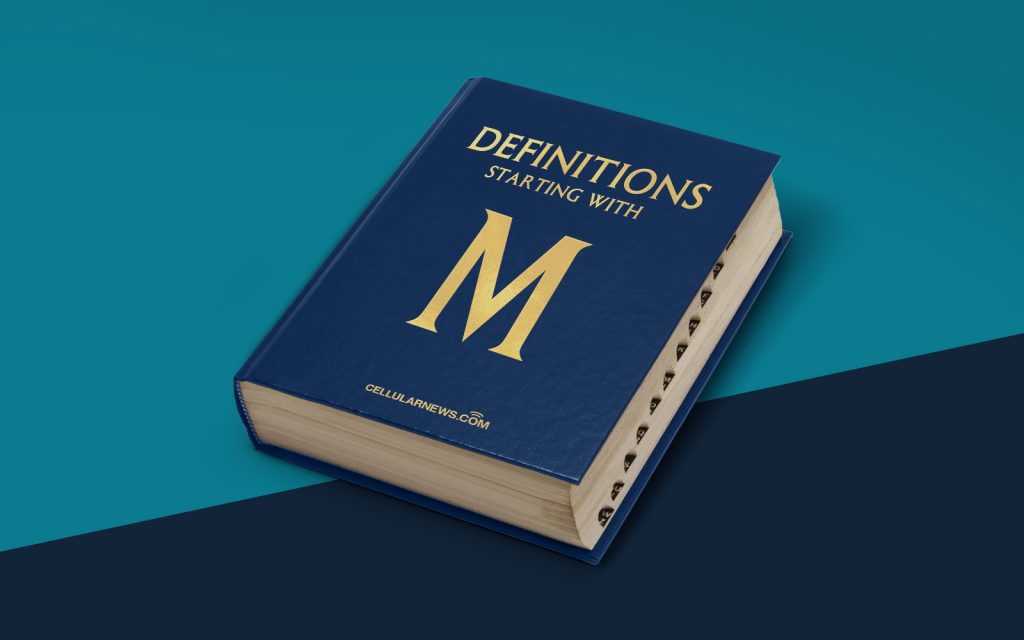
What is Medium-Level Language (MLL)?
Welcome to the “DEFINITIONS” category of our blog, where we dive into various topics to provide you with easy-to-understand explanations. Today, we are exploring the concept of Medium-Level Language (MLL), a term often used in computer programming. If you’re curious to know what MLL is and how it fits into the programming landscape, you’ve come to the right place!
Key Takeaways:
- Medium-Level Language (MLL) is a programming language that falls between low-level languages (assembly) and high-level languages (Java, Python).
- MLL allows programmers to write code that is closer to human-readable form while still having direct access to computer hardware.
So, what exactly is Medium-Level Language (MLL)? In the world of computer programming, languages are often categorized into three levels: low-level, medium-level, and high-level languages. Low-level languages, such as assembly language, are specific to a particular computer architecture and provide direct control over hardware resources. On the other hand, high-level languages, like Java or Python, are designed to be more human-readable and provide abstraction from low-level details.
This is where Medium-Level Language (MLL) comes into play. It bridges the gap between low-level and high-level languages, offering both closer proximity to hardware and increased readability for programmers. MLL strikes a balance between efficiency and ease of use, making it a versatile choice for various applications.
One prominent example of MLL is the C programming language. C provides programmers with the necessary tools to write code that is not only fast and efficient but also easier to understand compared to low-level languages. With C, developers have direct control over the computer’s hardware resources, such as memory and processors, while still being able to write code in a more human-like manner.
MLL serves as a middle ground where developers can enjoy the benefits of high-level languages, such as code reusability and ease of development, while still having control over the low-level aspects of computer systems. This versatility makes MLL a practical choice for performance-critical tasks, system programming, and embedded systems development.
In summary, Medium-Level Language (MLL) is a programming language that fills the gap between low-level and high-level languages. It combines the control over hardware resources found in low-level languages with the readability and ease of use of high-level languages. MLL, like C, allows programmers to write code that is more accessible to humans while still maintaining direct access to computer hardware.
Key Takeaways:
- Medium-Level Language (MLL) is a programming language that falls between low-level languages (assembly) and high-level languages (Java, Python).
- MLL allows programmers to write code that is closer to human-readable form while still having direct access to computer hardware.
We hope this blog post has shed some light on the concept of Medium-Level Language (MLL). Understanding MLL and its benefits can enable you to make informed decisions when it comes to choosing the appropriate programming language for your projects. If you have any further questions or would like to explore other definitions in the “DEFINITIONS” category, feel free to browse through our blog. Happy programming!
